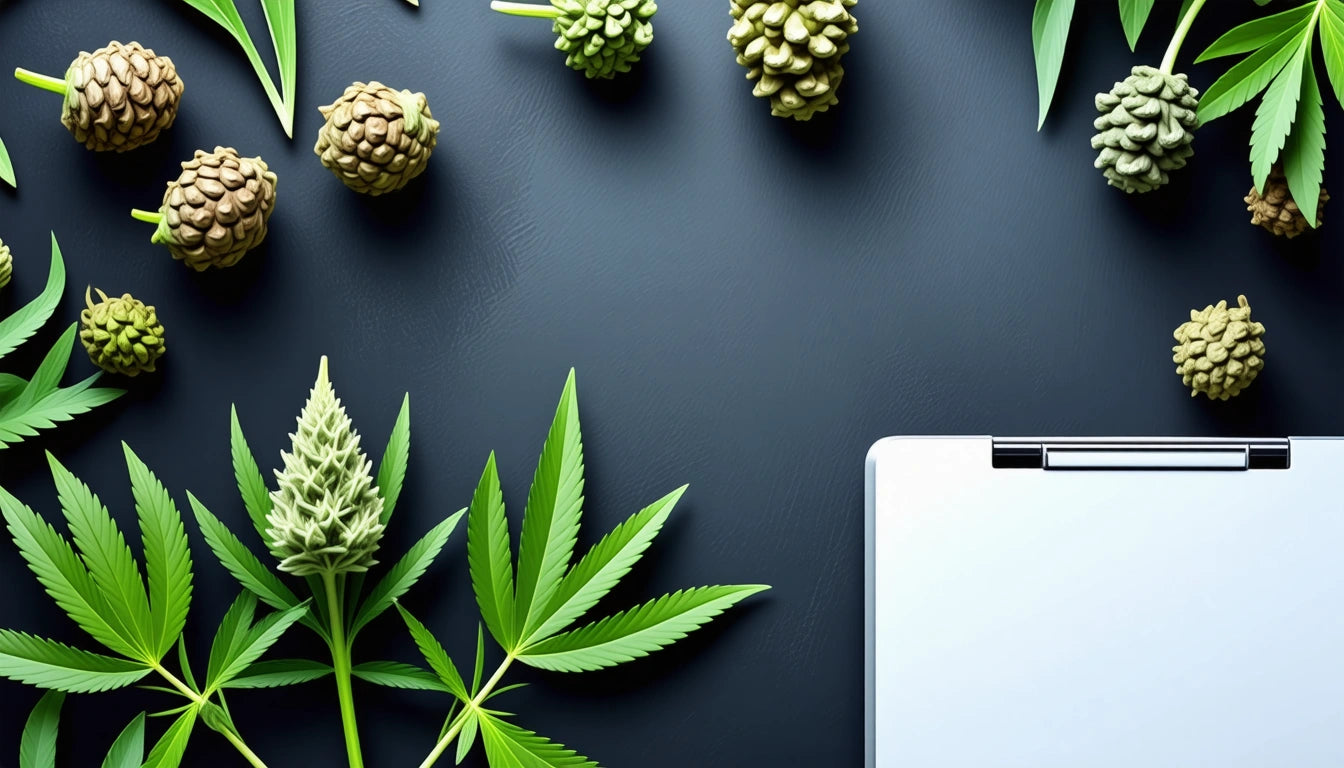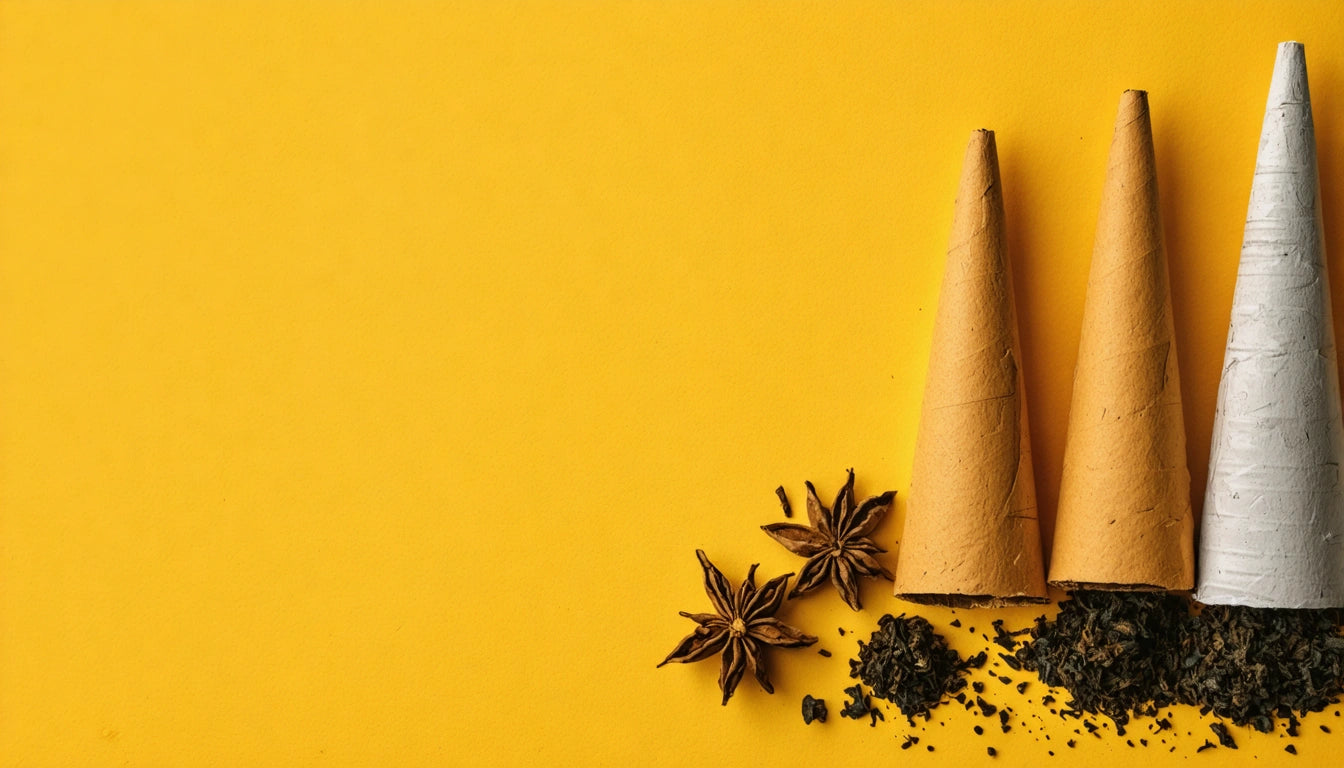Table of Contents
Understanding the Composition and Production of Delta-8 and Delta-9 THC
The cannabis industry has expanded beyond traditional marijuana products to include various cannabinoid formulations, with delta-8 and delta-9 THC gaining significant market attention. Understanding how these compounds are made and what they're composed of is crucial for consumers, manufacturers, and regulators alike. This comprehensive guide explores the production methods, chemical structures, and safety considerations surrounding these popular cannabinoids.
Natural Occurrence of Delta-8 and Delta-9 THC
Delta-9 THC (tetrahydrocannabinol) is the primary psychoactive compound naturally occurring in cannabis plants. It's produced in significant quantities through the plant's biological processes, particularly in the trichomes of mature cannabis flowers. Delta-9 THC forms when THCA (tetrahydrocannabinolic acid) is decarboxylated, typically through heat application.
In contrast, delta-8 THC occurs naturally in cannabis plants but in extremely small quantities, usually less than 1% of the plant's composition. This minimal natural presence explains why commercial delta-8 products rarely derive from direct plant extraction.
How Delta-9 THC is Produced
Cultivation and Extraction
The production of delta-9 THC primarily involves:
- Cultivating high-THC cannabis strains
- Harvesting and curing the flower material
- Extracting cannabinoids using solvents (CO2, ethanol, or hydrocarbons)
- Decarboxylating THCA to convert it to active delta-9 THC
This traditional process preserves the plant's natural cannabinoid profile, including the terpenes and flavonoids that contribute to the entourage effect. The resulting extract can then be refined for use in various products, from flower to concentrates and edibles.
How Delta-8 THC is Manufactured
Given its scarcity in natural form, commercial delta-8 THC is typically produced through chemical conversion. As detailed in this guide, the most common production method involves:
CBD Conversion Process
The manufacturing process for delta-8 typically follows these steps:
- Extracting CBD from hemp plants (Cannabis sativa with <0.3% delta-9 THC)
- Dissolving the CBD in a solvent
- Adding an acid catalyst to facilitate isomerization
- Heating the solution to convert CBD to delta-8 THC
- Neutralizing the acid and purifying the resulting compound
This process, known as isomerization, rearranges the molecular structure of CBD to form delta-8 THC. The reaction requires precise control of temperature, time, and pH to maximize yield and purity.
The Creation of Delta-8 Flower Products
Many consumers wonder how delta-8 flower is made, given that the compound doesn't naturally occur in significant amounts. The answer reveals an important distinction in the market:
Delta-8 flower is created by spraying or infusing hemp flower with delta-8 THC distillate. The process typically involves:
- Starting with CBD-rich hemp flower
- Producing delta-8 distillate through the CBD conversion process
- Applying the distillate to the flower material
- Allowing the flower to dry with the infused cannabinoids
This manufacturing technique creates a product that resembles traditional cannabis flower but contains elevated levels of delta-8 THC rather than delta-9 THC. Comparing delta-8 to traditional cannabis reveals important distinctions in effects and potency.
Chemical Composition and Structural Differences
What delta-8 and delta-9 THC are made of at the molecular level explains their different effects:
Molecular Structure
Both compounds share the same chemical formula (C21H30O2) but differ in the placement of a critical double bond:
- Delta-9 THC has this double bond on the 9th carbon chain
- Delta-8 THC has the double bond on the 8th carbon chain
This seemingly minor structural difference significantly impacts how these molecules interact with the body's endocannabinoid system, particularly the CB1 receptors. The different binding affinity explains why delta-8 typically produces milder psychoactive effects compared to delta-9 THC.
Safety and Regulatory Considerations
The production methods for these cannabinoids raise important safety considerations:
Production Oversight
Delta-9 THC production in legal markets typically occurs under regulatory frameworks that require testing for potency, contaminants, and residual solvents. However, delta-8 THC production often operates in a regulatory gray area, potentially leading to inconsistent quality control.
Safety experts emphasize the importance of proper safety measures including child-resistant packaging for all THC products to prevent accidental ingestion, particularly given their potential attractiveness to children when formulated as edibles.
Contaminant Concerns
The chemical synthesis process for delta-8 introduces specific safety concerns:
- Potential for residual solvents and reagents
- Possibility of unwanted byproducts from incomplete reactions
- Inconsistent potency between products and manufacturers
Safety assessments of delta-8 highlight the importance of third-party testing to verify purity and potency, especially given the lack of standardized production methods.
Future Developments in Cannabinoid Production
The cannabinoid manufacturing landscape continues to evolve with several emerging trends:
- Biosynthesis technologies using yeast or bacteria to produce cannabinoids
- Improved extraction methods reducing the need for harmful solvents
- Development of standardized production protocols for consistent quality
- Growing focus on environmentally sustainable production practices
As research advances, we may see more efficient and safer methods for producing both natural and semi-synthetic cannabinoids. These developments could address current safety concerns while potentially reducing production costs and environmental impact.
Understanding how delta-8 and delta-9 THC are made provides crucial context for consumers evaluating products in this rapidly evolving market. Whether seeking products for recreational or therapeutic purposes, knowledge of production methods and composition helps inform safer consumption choices.











Leave a comment
All comments are moderated before being published.
This site is protected by hCaptcha and the hCaptcha Privacy Policy and Terms of Service apply.